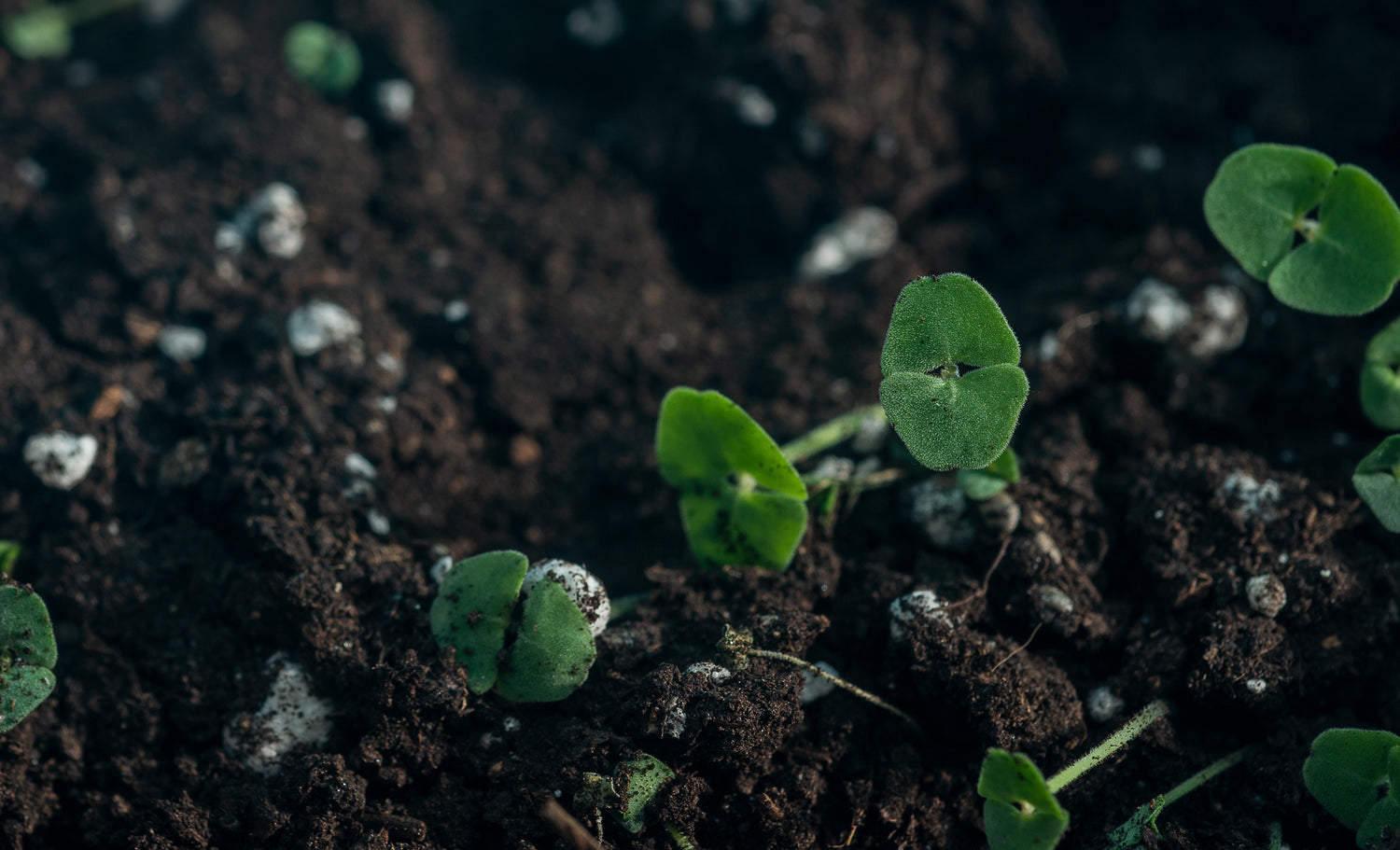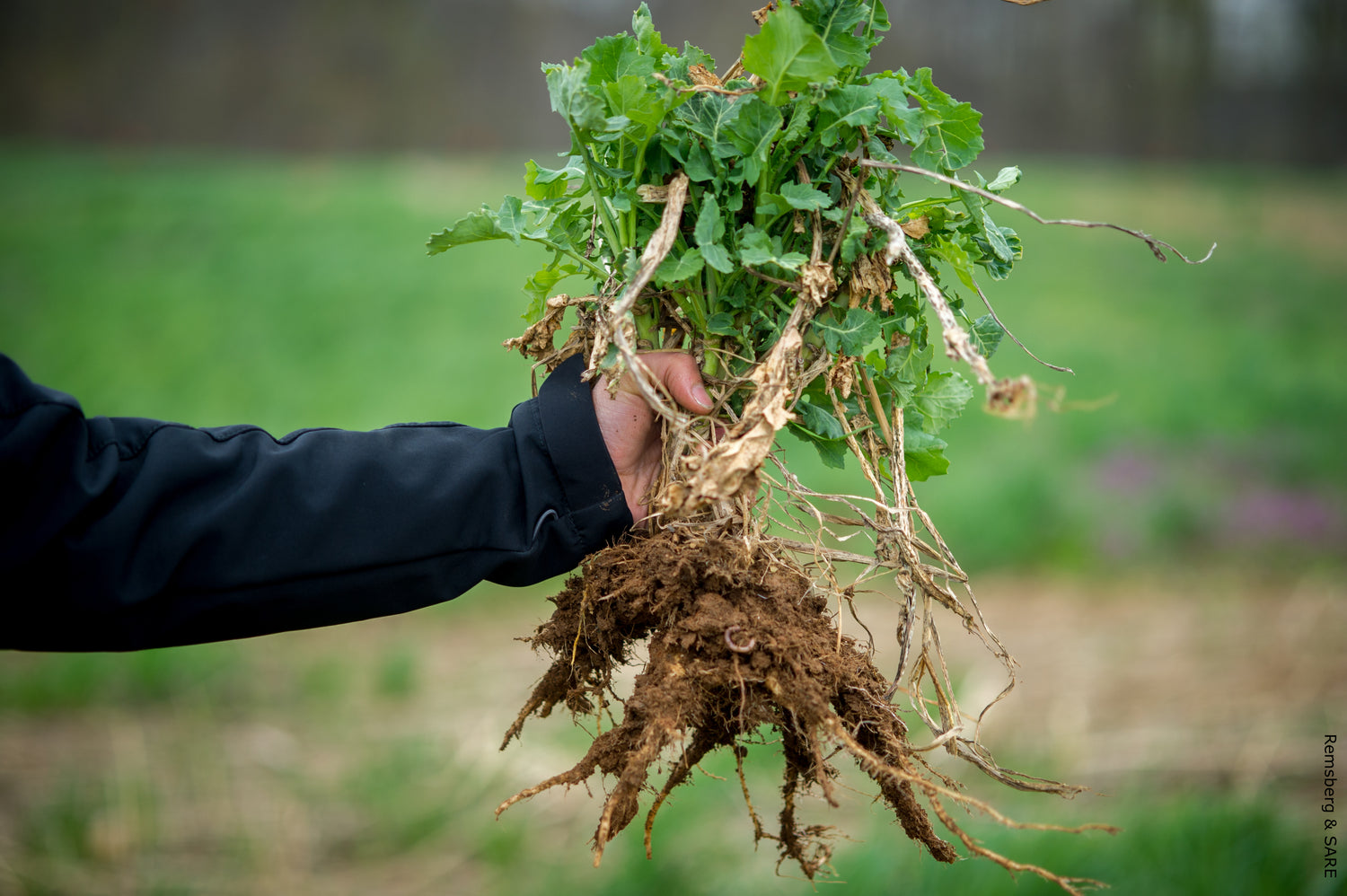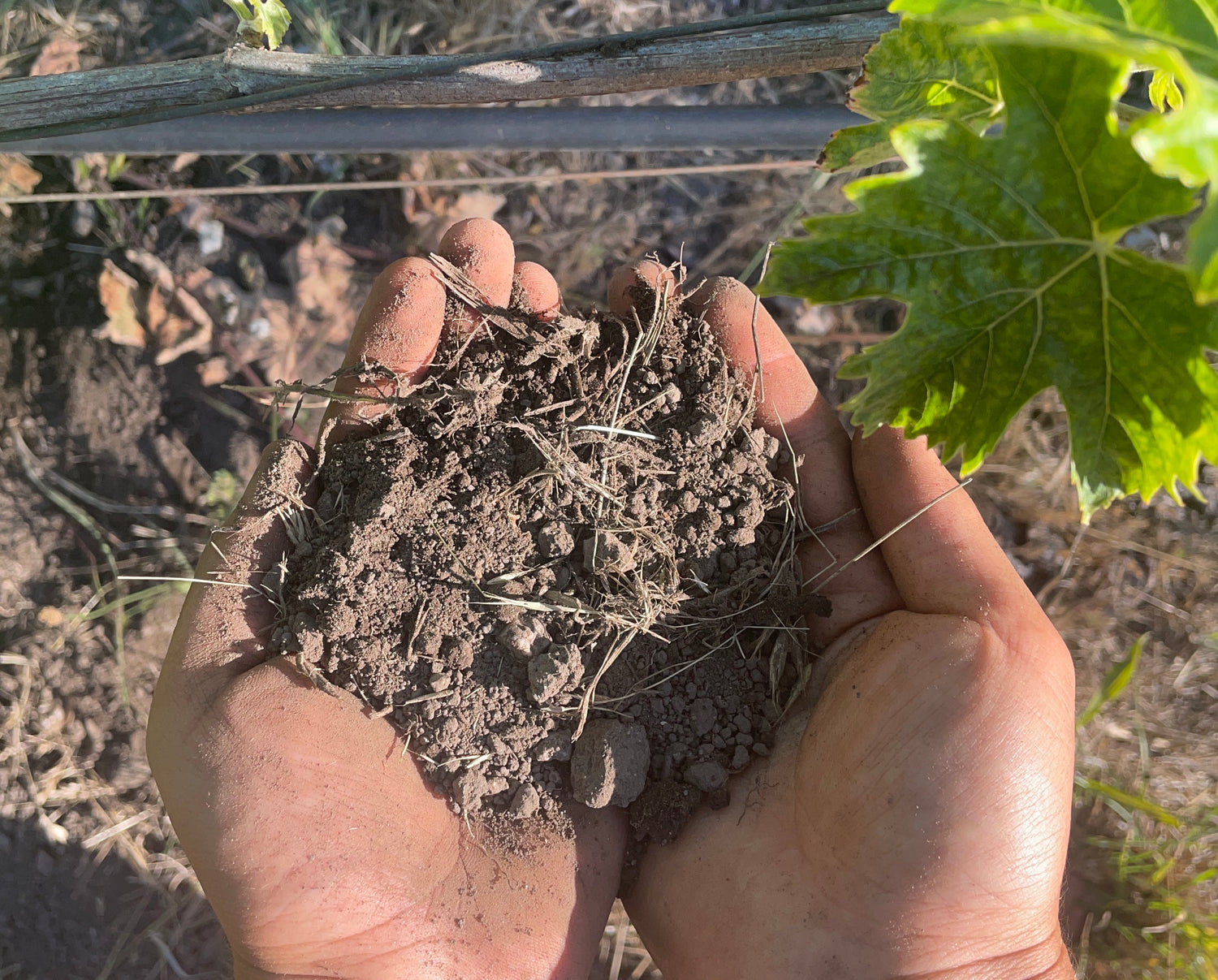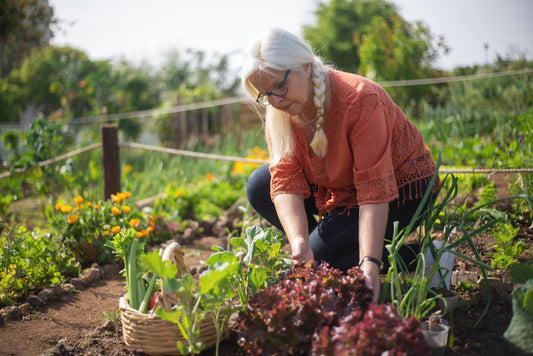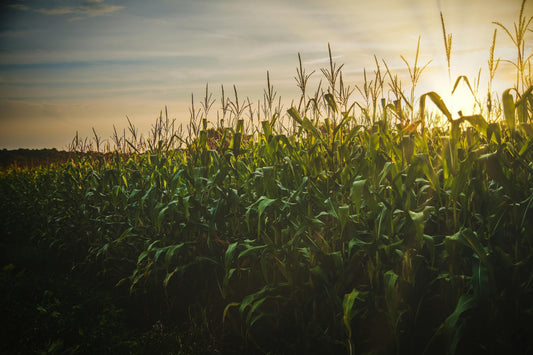San Jose's diverse soil types reflect the region's complex geological history, from fertile alluvial deposits in the Santa Clara Valley to challenging expansive clays in the eastern foothills. Understanding your local soil type is essential for successful gardening, urban agriculture, and sustainable land management in Silicon Valley.
San Jose contains seven primary soil types: nutrient-rich alluvial soils ideal for agriculture, clay soils suitable for landscaping with proper drainage, fast-draining sandy soils for drought-resistant plants, balanced loamy soils perfect for gardens, compacted urban soils requiring remediation, shallow rocky soils supporting native ecosystems, and expansive clay soils that pose construction challenges.
San Jose's Soil Types: A Comprehensive Guide for 2025
San Jose, California, positioned in the heart of Silicon Valley, sits atop a remarkable diversity of soil types shaped by geological processes, Mediterranean climate patterns, and decades of urban development. From the fertile alluvial plains that once supported vast orchards to the challenging expansive clays that complicate modern construction, these soils influence everything from urban agriculture to infrastructure planning. This comprehensive guide examines San Jose's soil landscape through the lens of current research and sustainable management practices.
Geological Foundation and Climate Influence
San Jose's soil diversity stems from its position within the Santa Clara Valley, flanked by the Santa Cruz Mountains and Diablo Range. Sedimentary deposits from ancient rivers, tectonic activity along fault lines, and ongoing erosion from watersheds like the Guadalupe and Coyote Creek systems have created distinct soil profiles across the region, according to recent geological surveys.
The Mediterranean climate, characterized by 15-20 inches of annual rainfall concentrated in winter months, drives soil formation processes. Seasonal precipitation patterns promote weathering and organic matter accumulation in valley bottoms while maintaining rocky substrates in upland areas. These climatic factors directly influence soil fertility and management requirements across San Jose's diverse topography.
Primary Soil Types and Characteristics
Alluvial Soils: Agricultural Foundation
Alluvial soils dominate the Santa Clara Valley floor and downtown San Jose, deposited over millennia by the Guadalupe River and Coyote Creek. These silty, well-drained soils contain high organic matter content (3-5%) and optimal nutrient levels, with nitrogen concentrations ranging from 20-40 parts per million. Research indicates these fertile soils currently support approximately 60% of San Jose's community gardens, generating 5-8 tons of produce annually.
However, alluvial soils face erosion challenges during heavy rainfall events. Studies show that unprotected alluvial soils can lose 7-10 tons per hectare during intense storms, though cover crops like clover can reduce erosion rates by 15%. These soils historically supported San Jose's fruit industry and remain crucial for urban agriculture initiatives.
Clay Soils: Nutrient-Rich Challenges
Clay soils, prevalent in Almaden Valley and Evergreen areas, consist of fine particles that excel at retaining both water and nutrients. These soils support landscaping plants like lavender and native oak trees in suburban settings. However, their dense structure creates management challenges.
The tendency toward compaction increases surface runoff by approximately 25% compared to more porous soil types. Adding organic matter such as compost significantly improves soil structure, enhancing drainage and aeration while maintaining the nutrient-retention benefits that make clay soils valuable for certain applications.
Sandy Soils: Drainage and Permeability
Sandy soils occur primarily in Alviso and San Jose's outer areas, characterized by coarse texture and rapid drainage properties. These soils retain less than 10% of applied water and typically show low nutrient concentrations, with phosphorus levels often below 10 parts per million.
Research demonstrates that sandy soils in flood-prone areas like Alviso reduce flood risks by 20% due to their high permeability, making them valuable for stormwater management. While challenging for conventional gardening, these soils excel with drought-resistant plants like manzanita and can benefit from biochar amendments that increase nutrient retention by approximately 10%.
Loamy Soils: Optimal Balance
Loamy soils represent the ideal blend of sand, silt, and clay particles, found in areas like Willow Glen and central San Jose. With balanced drainage, nutrient retention, and optimal pH ranges (6.0-7.0), these soils support diverse plant communities from food crops to ornamental landscapes.
Agricultural studies report 12-15% higher yields in loamy soils compared to clay soils, making them highly sought after for community gardens and urban farming projects. Regular organic matter additions through composting maintain their excellent structure and fertility characteristics.
Urban Soils: Human-Modified Landscapes
Urban soils throughout San Jose reflect decades of development, often exhibiting compaction, contamination, and structural disruption. These human-altered soils present unique challenges and opportunities for urban greening efforts.
Environmental assessments indicate that approximately 15% of urban soils near technology campuses contain elevated lead concentrations, requiring careful evaluation before gardening use. However, green infrastructure installations like rain gardens can improve soil structure and reduce stormwater runoff by 20%, while phytoremediation using plants like sunflowers helps address contamination issues.
Rocky Soils: Mountain Ecosystem Support
Rocky soils in the Santa Cruz Mountains and foothills feature shallow profiles with less than 1% organic matter content. Despite limited fertility, these well-drained soils support native chaparral vegetation and provide critical habitat for wildlife including mountain lions and various bird species.
Erosion studies indicate these soils lose 3-5 tons per hectare annually on steep slopes, though native grass establishment can reduce erosion rates by 10%. These areas contribute significantly to San Jose's recreational trail networks and biodiversity conservation efforts.
Ecological and Economic Impact
San Jose's diverse soils provide essential ecosystem services and economic benefits. Biodiversity surveys document over 250 plant species supported by the region's various soil types, including native valley oaks and endangered wildflowers. Hydrological studies show that sandy soils reduce urban flooding risks by 15% through enhanced infiltration.
Carbon sequestration research indicates that loamy soils in San Jose's parks store 2-4 tons of carbon per hectare annually, contributing to climate change mitigation. Economic analysis suggests that agriculture and landscaping industries dependent on quality soils contribute approximately $300 million annually to the regional economy.
Soil Testing and Assessment
Effective soil management begins with proper testing and assessment. Key parameters for San Jose soils include pH levels (targeting 6.0-7.0 for most applications), nutrient concentrations (nitrogen 20-40 ppm, phosphorus 15-30 ppm, potassium 100-200 ppm), and organic matter content (optimally 3-5%).
Portable testing tools provide rapid field assessment capabilities, while laboratory analysis offers comprehensive evaluation including cation exchange capacity (targeting 10-20 meq/100g for optimal nutrient retention). Research demonstrates that regular soil testing can increase garden yields by 10-12% through targeted nutrient management.
Sustainable Management Strategies
Tailored management approaches optimize each soil type's potential while addressing specific challenges:
For alluvial soils, cover cropping and drip irrigation systems minimize erosion while maintaining fertility. Clay soils benefit from organic matter additions that improve drainage and reduce compaction. Sandy soils respond well to biochar applications that enhance water and nutrient retention capabilities.
Loamy soils require consistent organic matter inputs to maintain their excellent structure and fertility. Urban soils often need phytoremediation combined with green infrastructure installations. Rocky soils benefit from native plant establishment for erosion control, while expansive clay soils require moisture management and specialized engineering for construction applications.
Long-term studies indicate that regenerative practices including mulching and cover cropping can increase soil carbon content by 8-10% over five years, supporting both productivity and environmental sustainability.
Conservation Challenges and Solutions
San Jose's soils face increasing pressure from urban development, pollution, and climate change. Development activities contribute to soil erosion rates of 4-6 tons per hectare annually, while urban runoff introduces 10-15 kilograms of pollutants per hectare to local waterways.
Conservation strategies include green infrastructure implementation, with permeable pavements reducing runoff by 18%. Organic gardening practices, now adopted by 30% of San Jose's community gardens, improve soil health through compost applications and reduced chemical inputs. Restoration projects along Coyote Creek enhance alluvial soil fertility while supporting riparian habitat conservation.
Future Outlook and Recommendations
San Jose's Urban Agriculture Program currently supports over 40 community gardens, with expansion planned for 2025. Continued emphasis on soil testing, organic practices, and community engagement will drive sustainable soil management throughout the region.
Recommendations include regular soil testing every 2-3 years, adoption of organic amendment practices, installation of green infrastructure for stormwater management, and participation in local conservation programs. Collaboration between residents, agricultural organizations, and city planning departments ensures coordinated soil conservation efforts.
Sources
- USDA Natural Resources Conservation Service. California Soil Surveys and Health Resources. https://www.nrcs.usda.gov/conservation-basics/natural-resource-concerns/soils
- University of California Cooperative Extension. Santa Clara County Soil Resources. https://cecentralsierra.ucanr.edu/Agriculture/Soil_Resources/
- Rodale Institute. Regenerative Organic Agriculture and Soil Health. https://rodaleinstitute.org
- USDA NASS. California Agricultural Statistics and Soil Data. https://www.nass.usda.gov/Statistics_by_State/California/
- Soil Science Society of America. Certified Laboratory Directory. https://www.soils.org/certifications/directory
- EPA Office of Research and Development. Urban Soil Quality Guidelines. https://www.epa.gov/research
- ATTRA Sustainable Agriculture Program. Soil Testing and Management. https://attra.ncat.org/attra-pub-summaries/#soil







